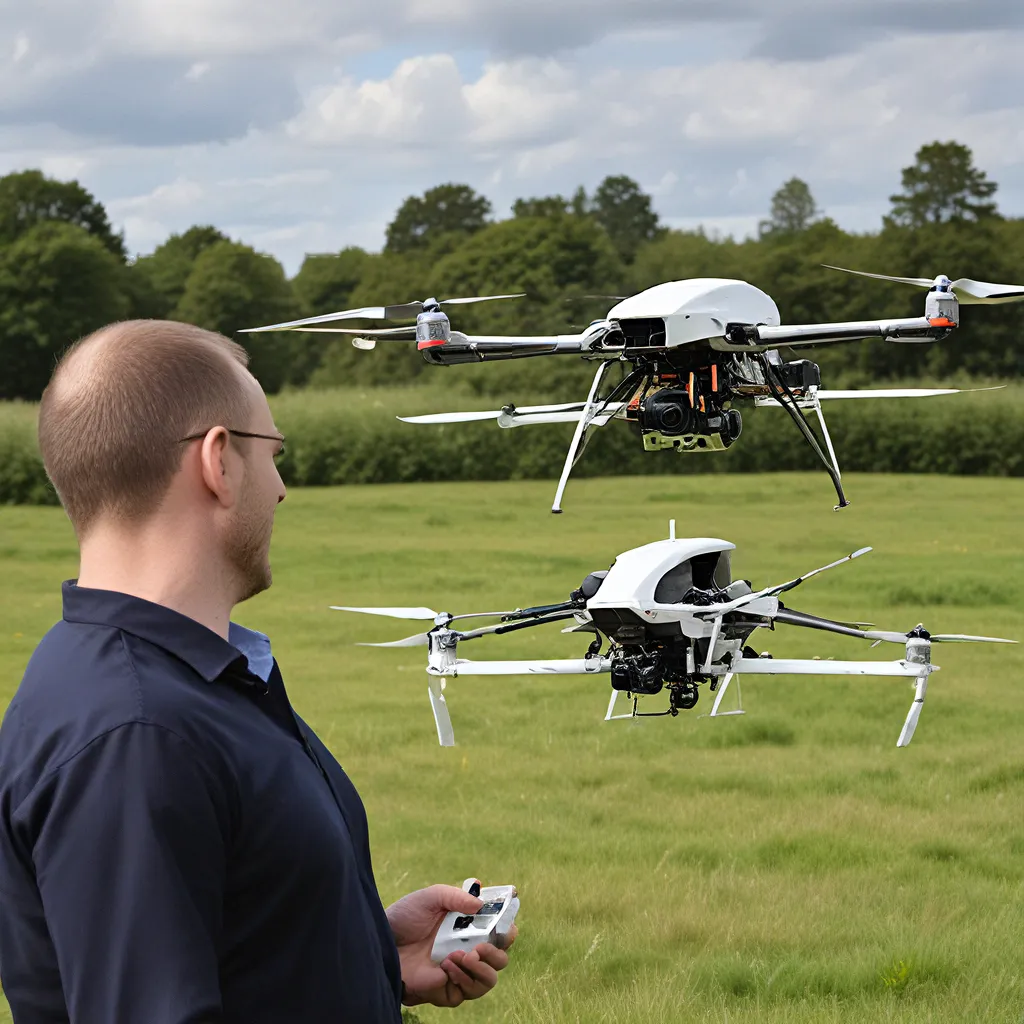
The Rise of the Patriot: A Groundbreaking Air Defense System
Ah, the Patriot missile system – now there’s a fascinating piece of military technology! As a proud drone enthusiast, I’ve been keeping a close eye on how this cutting-edge air defense system has been evolving over the years. Let me tell you, the story of the Patriot is one that’s full of drama, controversy, and some seriously impressive feats of engineering.
Let’s start with the basics. The Patriot is a surface-to-air missile (SAM) system that’s been the primary air defense system used by the US Army and several allied states. Developed by the defense contractor Raytheon, the Patriot derives its name from the ANMPQ-53 radar component at the heart of the system, which is known as the Phased Array Tracking Radar to Intercept On Target (or PATRIOT, for short).
Back in the 1980s, the Patriot started to replace the aging Nike Hercules and Hawk systems as the US Army’s go-to for high-to-medium air defense. But this system was no one-trick pony – it was also given a role in the US Army’s anti-ballistic missile (ABM) system. And let me tell you, that’s where things really started to get interesting.
Patriot’s Baptism by Fire: The Gulf War
During the Gulf War in 1991, Patriot batteries were deployed to Israel and Saudi Arabia to defend against Iraqi Scud ballistic missile attacks. This was the Patriot’s first real test in combat, and the public was led to believe it was a resounding success. President George H.W. Bush even declared that the Patriot was “41 for 42” – meaning it had intercepted 41 out of 42 Scuds.
However, subsequent analysis by experts like Theodore Postol from the Massachusetts Institute of Technology suggested that the Patriot’s success rate was actually much lower – potentially even zero. Postol and others argued that the Patriot system had significant software issues that caused it to miss many of the Iraqi Scuds.
This controversy over the Patriot’s performance during the Gulf War continued for years, with various experts and government officials presenting conflicting accounts. It really highlighted the challenges of accurately assessing the effectiveness of such a complex weapons system in the heat of battle.
Evolving Capabilities: The Patriot Upgrades
Despite the lingering questions about its Gulf War performance, the Patriot system soldiered on, undergoing a series of upgrades and improvements over the years. One of the most significant was the introduction of the Patriot Advanced Capability (PAC-1) in the late 1980s, which gave the system a new capability to defend against tactical ballistic missiles.
Later upgrades, like the PAC-2 and PAC-3, further enhanced the Patriot’s ballistic missile defense capabilities, with the PAC-3 in particular featuring a new “hit-to-kill” interceptor missile that could directly strike and destroy incoming threats. These advancements were crucial, as the threat of ballistic missiles from rogue states and non-state actors continued to grow.
But the Patriot’s evolution didn’t stop there. In the 2000s and 2010s, the system received even more upgrades, including new radar components, improved software, and enhanced communication capabilities. The goal was to keep the Patriot relevant and effective against an ever-changing range of aerial threats, from cruise missiles to drones.
Patriot in Action: Successes and Controversies
As the Patriot system continued to evolve, it saw more and more real-world action around the globe. In the 2003 Iraq War, Patriot batteries successfully intercepted a number of Iraqi ballistic missiles, redeeming some of the system’s earlier Gulf War performance.
The Patriot also made history in 2014, when an Israeli Air Defense Command battery shot down a Hamas drone – the first time the system had successfully intercepted an enemy aircraft. This was a significant milestone, as drones had become an increasingly prevalent threat in modern warfare.
But the Patriot’s story hasn’t been without its controversies. In 2003, a Patriot battery mistakenly shot down a British Royal Air Force Tornado, killing both crew members. And in 2004, a Patriot battery in Israel shot down a Syrian fighter jet that had strayed into Israeli airspace.
These incidents highlighted the challenges of deploying such a complex and powerful weapons system in the heat of battle, where split-second decisions can have devastating consequences. It’s a sobering reminder that even the most advanced technology is not infallible.
Patriot’s Global Reach and Future Challenges
Today, the Patriot is one of the most widely exported air defense systems in the world, with 18 countries operating the system, including Coulsdon Drones’ home country of the United Kingdom. It’s seen action in conflicts from the Middle East to Europe, and its capabilities continue to evolve to meet new threats.
But the Patriot isn’t without its challenges. As drones and cruise missiles become more prevalent and sophisticated, the system is being pushed to its limits. And with the growing threat of hypersonic missiles, the Patriot’s ability to effectively counter these ultra-fast threats is still a work in progress.
Furthermore, the Patriot’s high cost and maintenance requirements have led some countries to explore alternative air defense solutions. There’s also ongoing debate about the system’s overall effectiveness, with critics arguing that the Patriot’s success rate has been overstated and that it remains vulnerable to certain countermeasures.
Despite these challenges, the Patriot remains a crucial component of many nations’ air defense strategies. And as the world of aerial robotics continues to evolve, I have no doubt that the Patriot and other advanced air defense systems will need to keep pace. It’s an exciting and rapidly changing field, and I can’t wait to see what the future holds.
So there you have it, folks – the fascinating story of the Patriot missile system. From its early days in the Gulf War to its ongoing evolution, it’s been a wild ride. I’ll certainly be keeping a close eye on how this technology continues to develop and shape the future of aerial defense. Who knows, maybe one day we’ll even see a Coulsdon Drones-branded Patriot system taking to the skies! Stranger things have happened, right?











